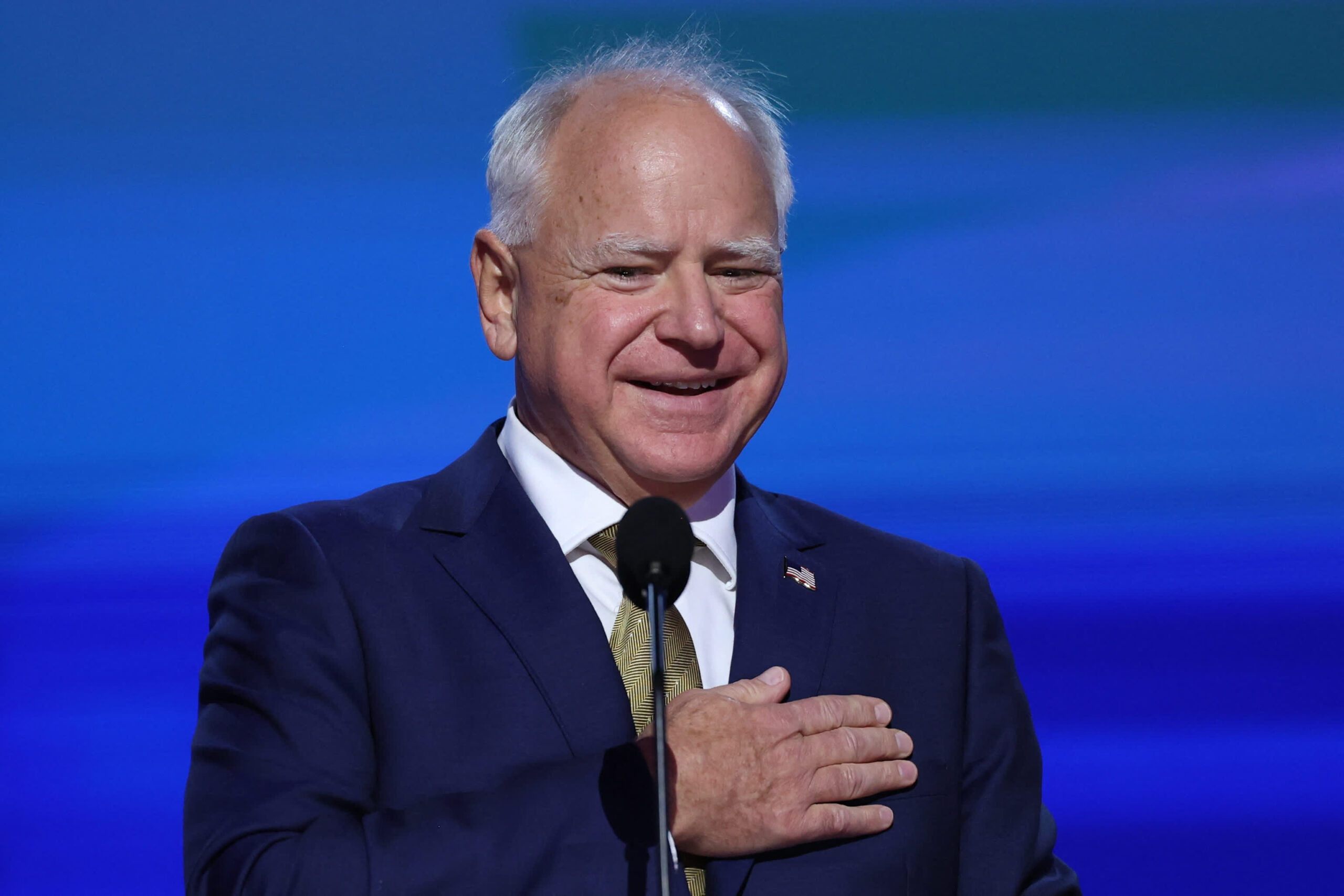CHINA’s vast economy — 1.4 billion people spread over 9.6 million square kilometers and a $18 trillion GDP — is made up of so many distinct and disparate features that any observer can easily find themes to support a predetermined optimistic or pessimistic outlook.
Viewed through a pessimistic lens, the contrast between sophisticated Shanghai and rural Guizhou province could not be sharper. Housing costs in prosperous coastal cities severely impede population mobility — and the move from low-paid to high-paid jobs. An aging society calls into question established retirement norms. Then there is the environmental burden of polluted rivers and coal-fired power plants. Meanwhile, less profitable state-owned enterprises have taken the investment lead from private firms, while collapsing land sales have created fiscal distress in certain provinces. All told, such themes provide the grist for a pessimistic outlook over the longer term.
But viewed through an optimistic lens, much can be found to support a positive near-term outlook. Despite skepticism in some quarters, the International Monetary Fund estimates that China grew by around 5 percent in 2023, and forecasts growth above 4 percent in 2024. Such rates are well below China’s boom decades, but they are well above likely 2024 United States and European Union growth rates — forecast at about 2 percent and 1 percent respectively.
Equally important, key macro features of the Chinese economy give Beijing considerable room to spur near-term growth with conventional tools. The US and EU are plagued by stubborn inflation of around 3 percent, exceeding the Federal Reserve and European Central Bank targets of 2 percent.
By contrast, China’s 2024 inflation is forecast to be just above 1 percent, short of the People’s Bank of China’s 3 percent target. Low inflation gives Beijing authorities abundant policy space to push interest rates down and fiscal spending up. Moreover, unlike many developing countries, China holds substantial foreign exchange reserves (near $3.5 trillion) and runs large current account surpluses (around 1.3 percent of GDP).
China’s external financial posture ensures ample policy space for economic stimulus. There is simply no reason to worry that faster economic growth would endanger China’s credit or bring unwanted inflation.
In fact, faster growth — say 6 percent in 2024 and 2025, rather than the IMF forecast of 4 percent trending down to 3 percent — would deliver a triple payoff. Young Chinese would readily find jobs, curbing youth unemployment that now stands at 15 percent. Chinese households would enjoy a better life. And Western worries about a glut of Chinese manufactured exports would fade.
During her recent visit to Beijing, US Treasury Secretary Janet Yellen underscored those worries. Across a wide swath of manufacturing industries, China’s capacity utilization rate averages just 75 percent — meaning lots of excess capacity. Yellen fears that the excess capacity will find its way to a deluge of cheap imports that overwhelm US manufacturing firms and displace tens of thousands of American workers.
Like many officials, she is apprehensive about the fate of America’s emerging “green” industries — wind turbines, solar panels and electric vehicles. These fears are crystallized in the phrase “China Shock 2.0”, recalling the loss of manufacturing jobs attributed to Chinese imports in the early 2000s — and warning against a repeat in the late 2020s.
While China Shock 2.0 fears are exaggerated, more restrictions on US imports from China seem almost certain, whether Joe Biden or Donald Trump is elected US president in November 2024. Electric vehicles and batteries are the biggest target. The EU also seems set on limiting imports of Chinese EVs and probably other manufactured goods. Brazil, India and South Africa will erect their own barriers.
The foreseeable reaction to a surge in Chinese manufacturing exports commends anticipatory action by Beijing. As already mentioned, monetary and fiscal tools should be enlisted to boost Chinese growth. Wherever possible, import barriers should be slashed. Chinese policy should seek a reduction of the nation’s current account surplus to less than 1 percent of GDP. Senior Chinese officials should publicly welcome faster growth of imports than exports. Despite misguided popular opinion, research shows that rising imports spur economic growth as much, or more, than rising exports.
Trump and Biden abandoned the historic US role as chief advocate for world trade and investment. Instead, they made “globalization” a dirty word. While costly for US economic performance and diplomatic standing, this reversal of policy and language has created an opening for China, together with the European Union, to lead the World Trade Organization. China will miss a golden opportunity if it does not take up the challenge.
The author is a Nonresident Senior Fellow with Peterson Institute for International Economics. The views do not necessarily reflect those of China Daily. – China Daily/ANN

